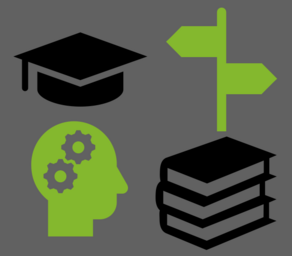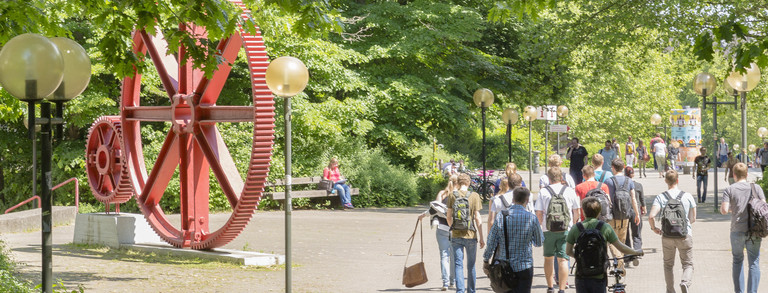Ongoing projects
Language and spatial cognition
The interdisciplinary research project of space, language and cognition aims at investigating on the perception of specific architectural spaces. This pioneering project is located at TU Dortmund at the interface between psycholinguistics (empirical and experimental linguistics of German) and architecture (chair of building construction). The eye tracking method is used to investigate visual attention and cognitive mechanisms that serve as the basis for spatial perception.
Role of language understanding in mathematical problems
The role of language in understanding mathematical problems: In this research project, which is carried out in cooperation with Didactics of mathematics (IEEM, Prof. S. Prediger and Team), the role of language comprehension in solving mathematical textual problems is investigated. With the method of Eye-Tracking, a comparative study is conducted on how
students of the 5th class, with a strong hold on language and those with a weaker hold solve the allocation of pronouns in relatively comparative simple tasks. Our hypothesis is that the actual deficits that these students exhibit are due to the comprehension of the text and language.
Psycholinguistic study of highly gifted people in mathematics and language
The eye-tracking method is used for the first time in this research project to analyse the reading strategies of highly gifted students (from the 7th to 10th grade) in solving mathematically challenging tasks in different types of texts. The focus is to find out how the person proceeds by means of reading techniques in such a task, and whether different reading strategies can be revealed with regard to different talent alignments (such as language vs. Music) and other variables (like gender and age).
Possessives in cross-linguistic comparison and from learner’s perspective
The project deals with the influence of the first language (L1) on the second language (L2). Here is a comparative language perspective assumed. The focus is on the second language acquisition of reflexive and non-reflexive pronouns in various languages such as German, English, Norwegian, Polish, Czech.
The main focus of this sub-project research at TU Dortmund is to gaininsight into the influence of Czech as L1 on the acquisition of German or Norwegian as L2. For this purpose, the offline questionnaires as well as the eye-tracking method are used.






